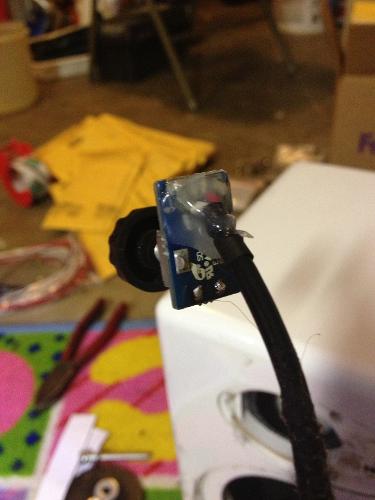cssarrow
Member of the Trade: Artemis Cables
Aka: 2NE1
Aka: ArtemisCables
Aka: ryancabral
- Joined
- Jan 11, 2012
- Posts
- 820
- Likes
- 32
Quote:
1cm is kind of small eh? enough for a polymer cap.
I'll most likely use a wire, as it seems to be the easiest way, but i'll have to see one i have the capacitors in hand.
To you and your friend, was the sound improvements that large? (After the polymer/ceramic bypass)
I rested my Silmics flat against the board (on top of some surface mount parts, if I remember correctly) and glued it down like that.
For the other caps that are through-hole, I noticed there is about 1 cm of room behind the board, so if you have too much crowding, or just want to make it easier, you can mount them on the reverse side. I did that with a few things to free up some room on the top side. Functionally identical.
1cm is kind of small eh? enough for a polymer cap.
I'll most likely use a wire, as it seems to be the easiest way, but i'll have to see one i have the capacitors in hand.
To you and your friend, was the sound improvements that large? (After the polymer/ceramic bypass)






















